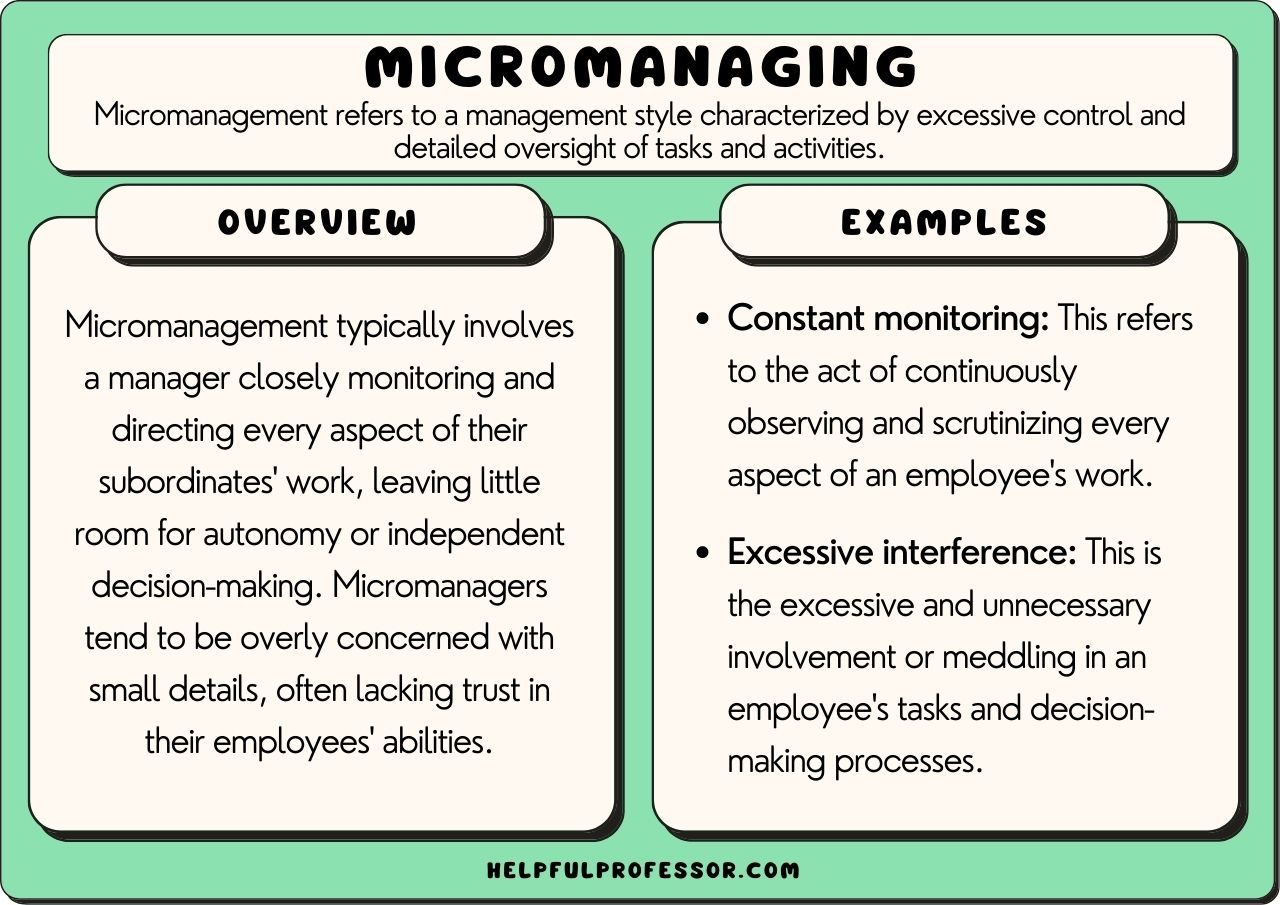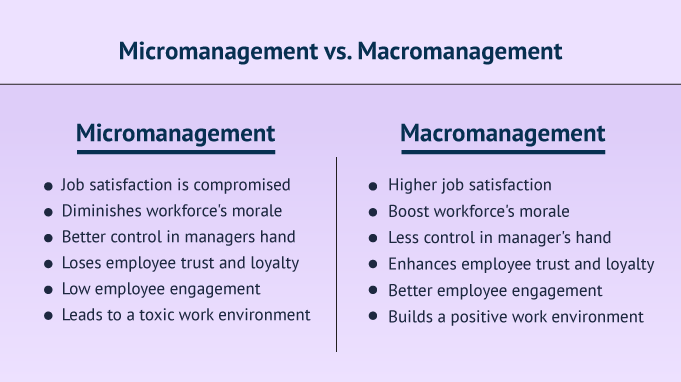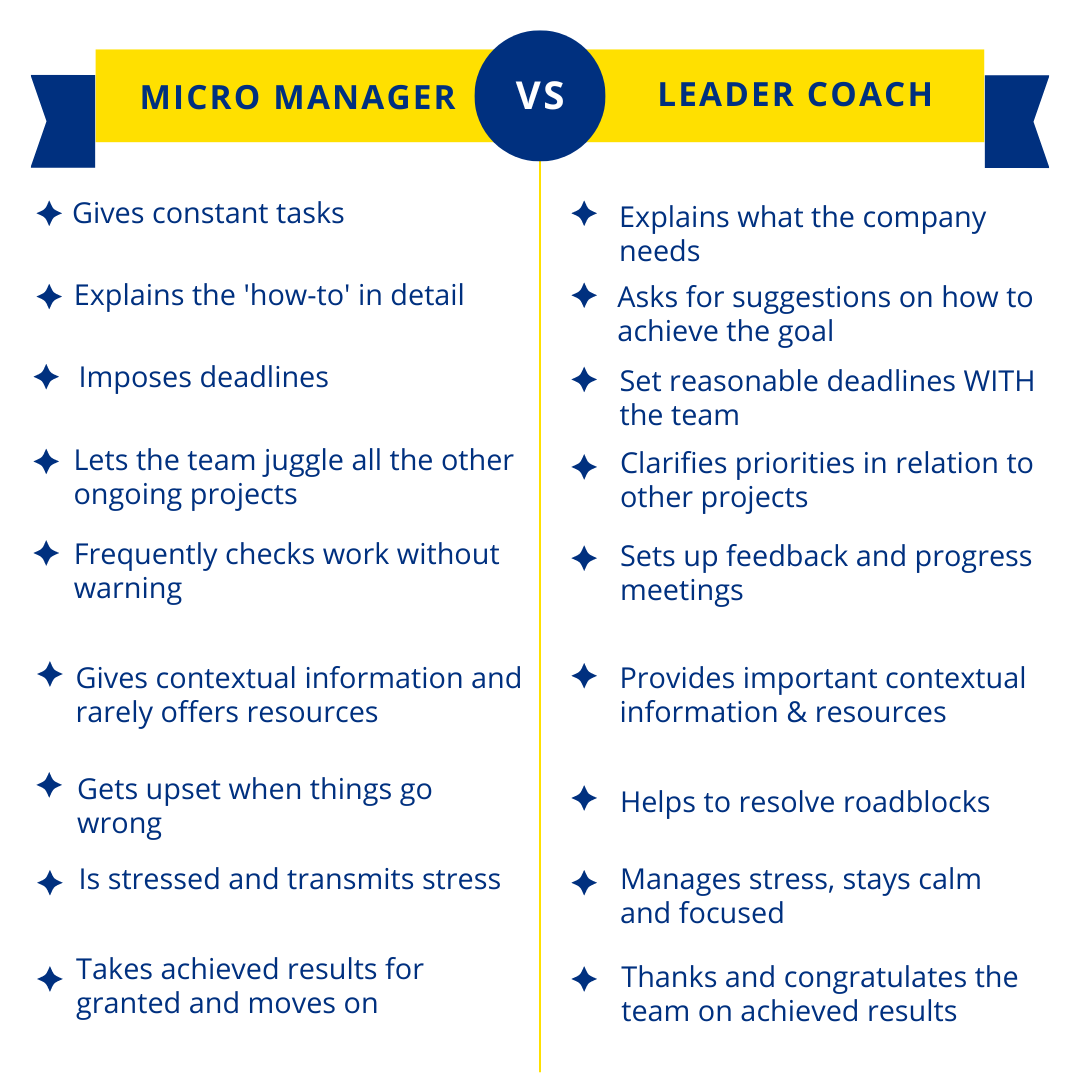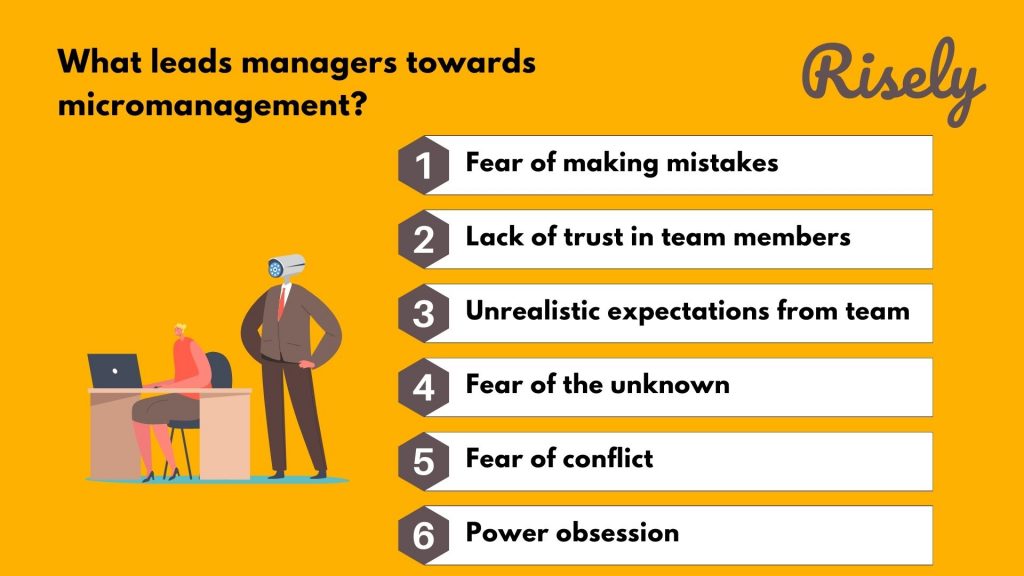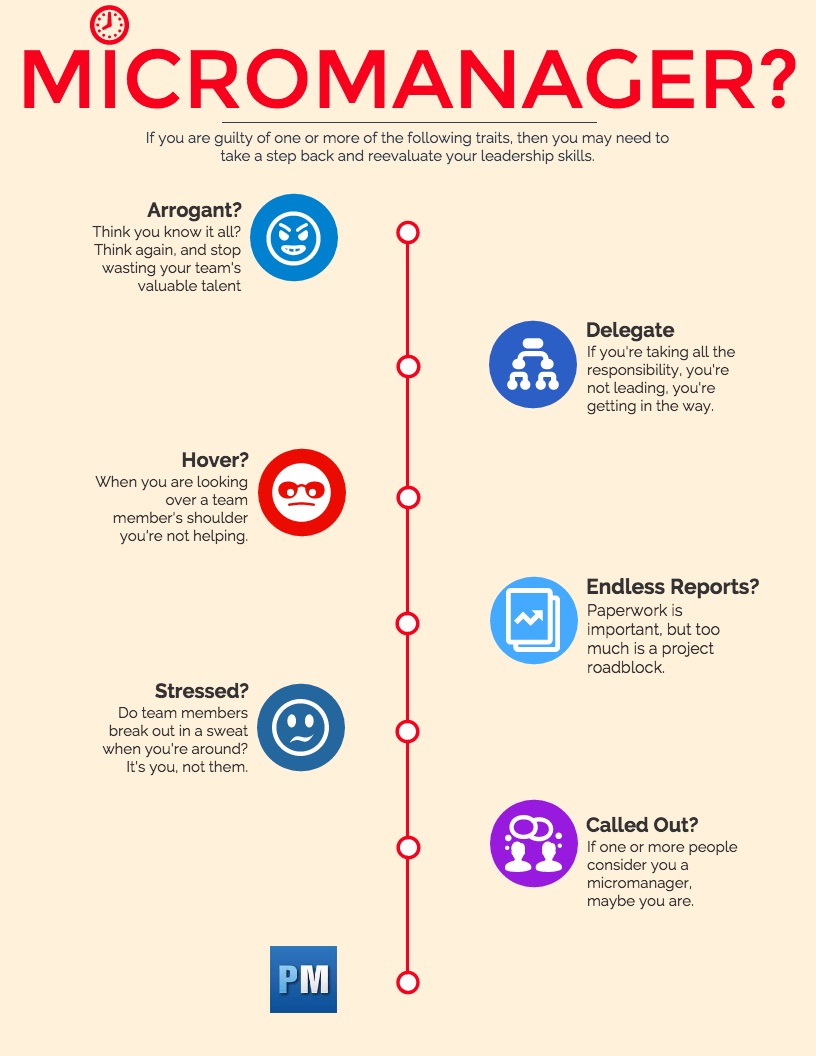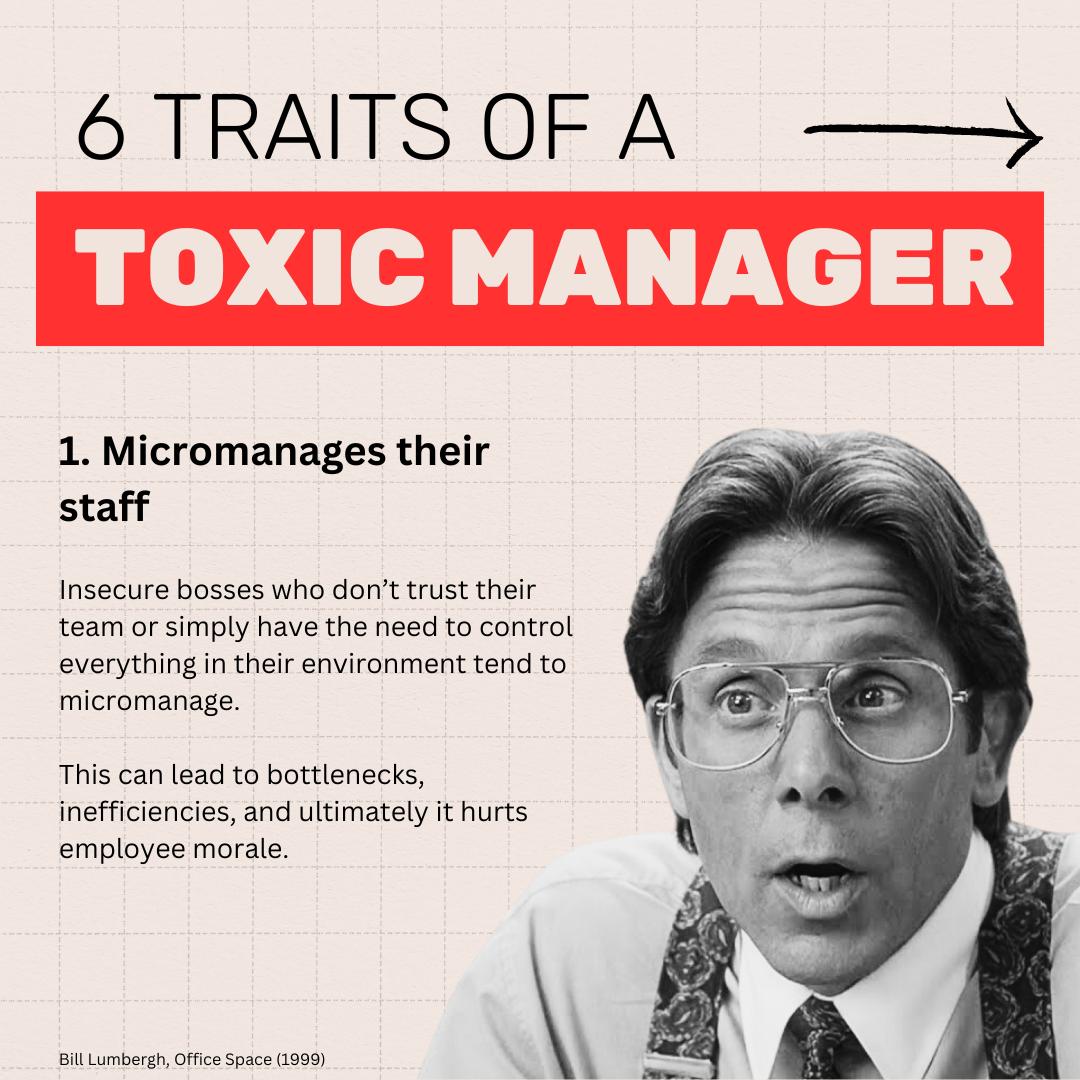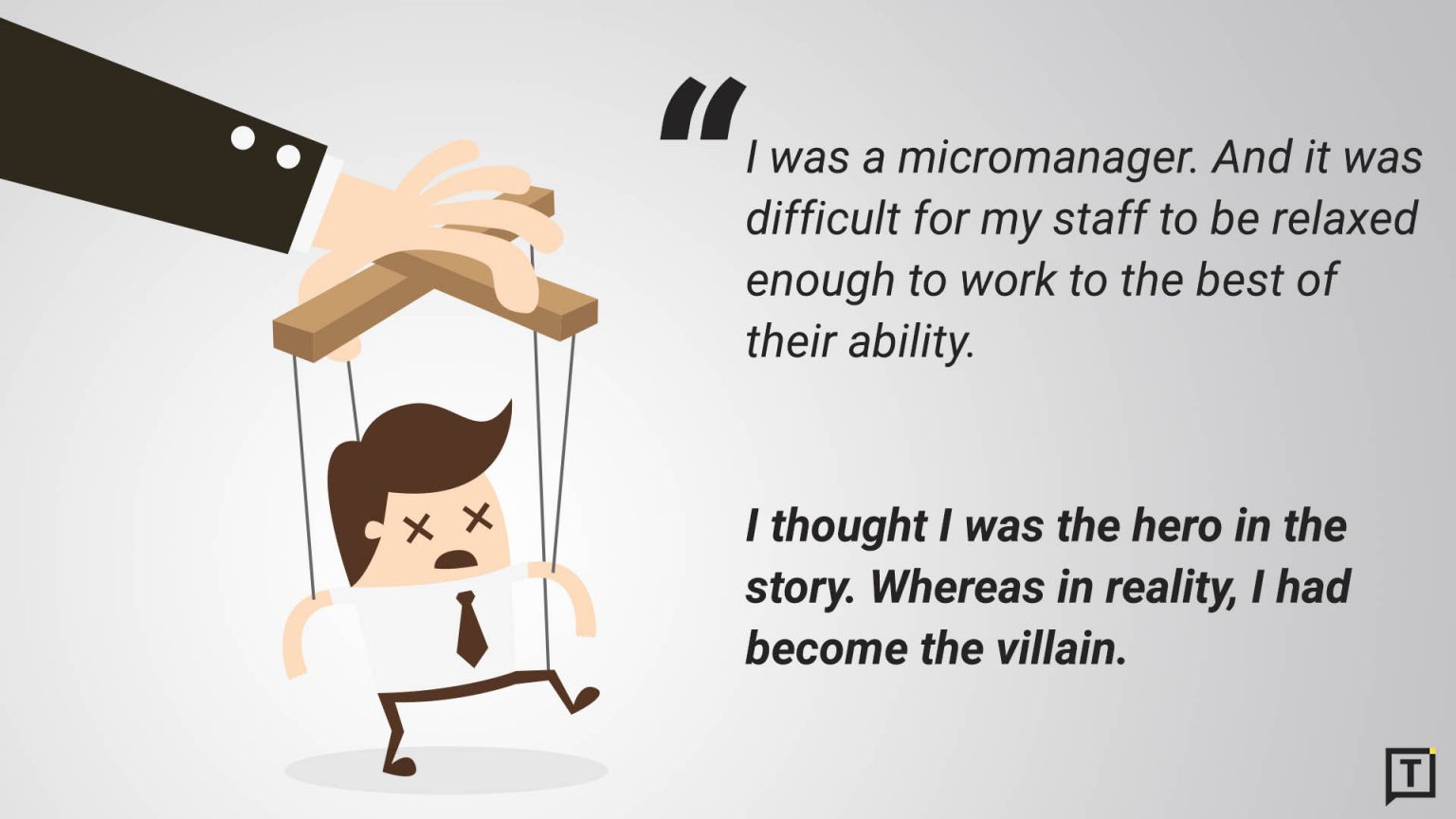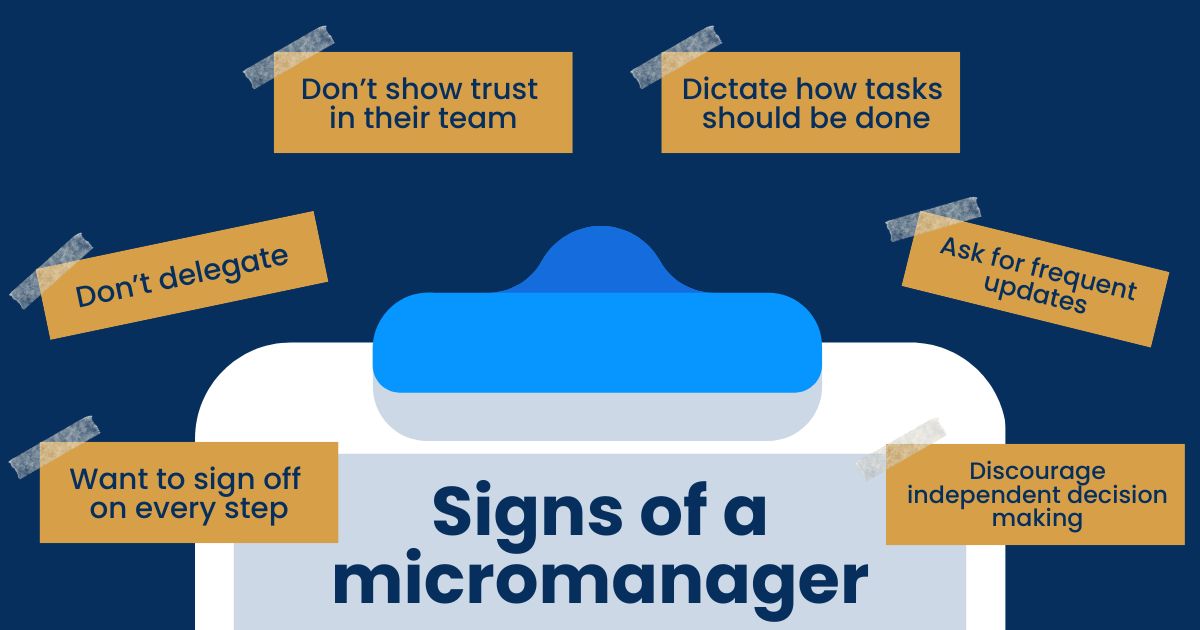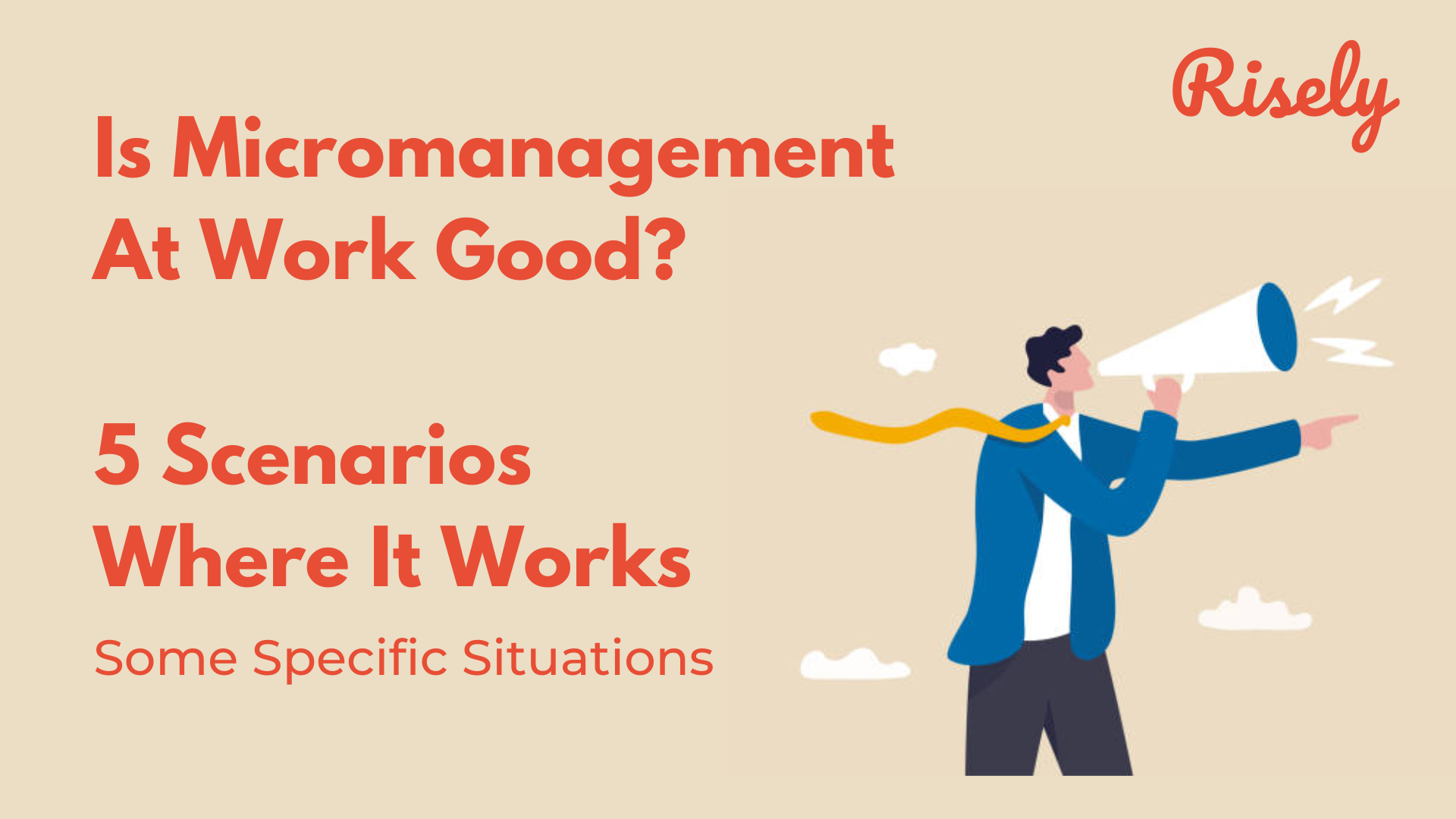Micromanaging Boss Characteristics
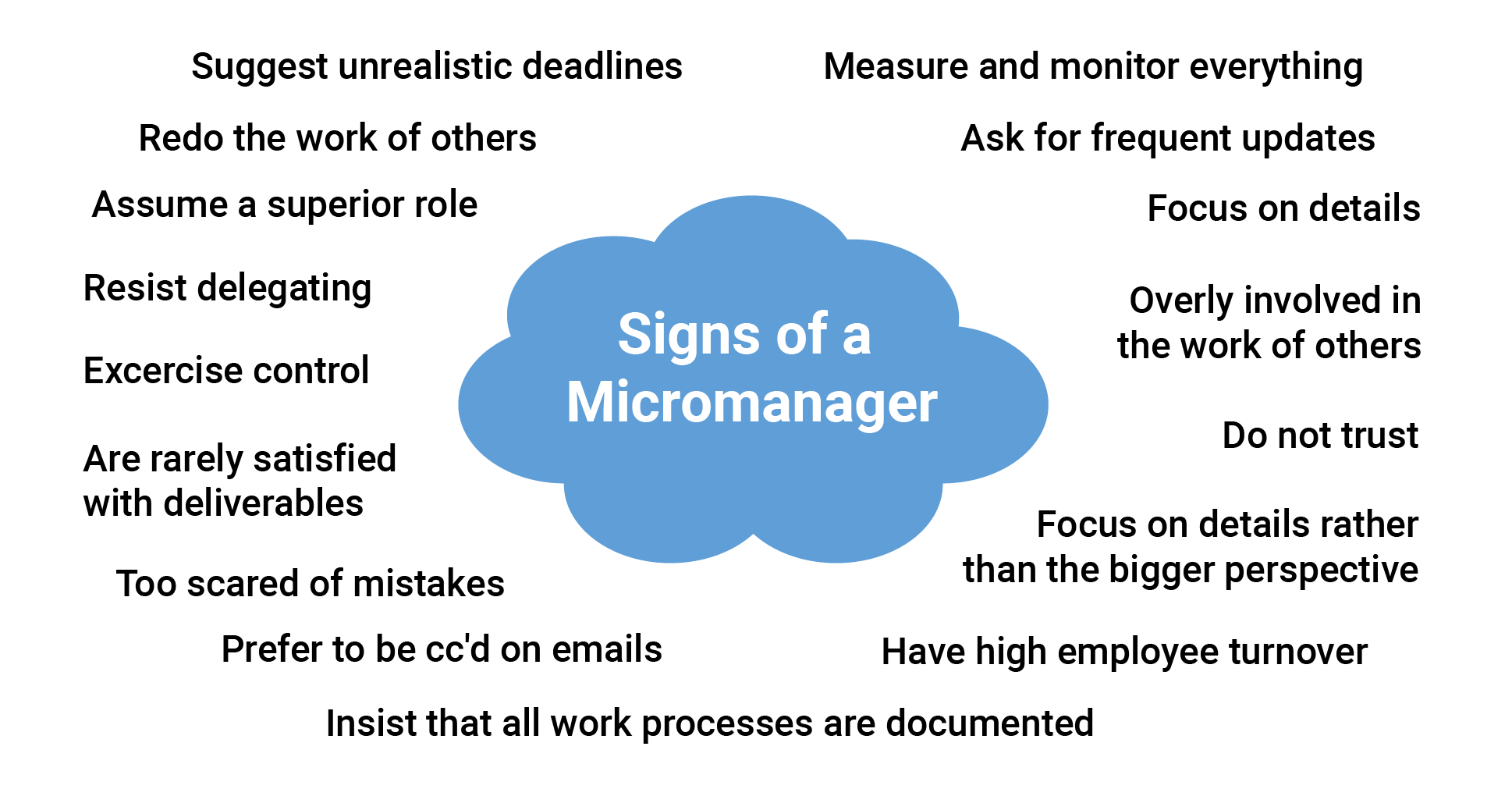
The constant scrutiny. The incessant need to control every detail. The stifling of creativity and innovation. Micromanagement, a management style characterized by excessive control and oversight, isn't just annoying; it's a drain on productivity, employee morale, and ultimately, a company's bottom line.
Micromanaging bosses create toxic work environments where employees feel distrusted and undervalued. This article will explore the defining characteristics of micromanagers, the devastating impact they have on the workplace, and potential strategies for individuals and organizations to mitigate the negative effects of this detrimental management style.
Defining the Micromanager
What exactly constitutes micromanagement? It's more than just being detail-oriented. It’s a pervasive pattern of behavior that undermines employee autonomy and decision-making.
One key characteristic is an obsessive focus on minute details. Micromanagers often get bogged down in the smallest aspects of a project, losing sight of the bigger picture. They might nitpick over formatting in a document or dictate the precise language used in an email, even when such details have no significant impact on the outcome.
Constant Monitoring and Surveillance
Micromanagers frequently employ excessive monitoring. This can manifest in several ways, including constant check-ins, demanding detailed progress reports far too frequently, and monitoring employees' computer activity. The American Psychological Association notes that such surveillance can lead to increased stress and anxiety among employees.
Another telltale sign is a reluctance to delegate. Even when employees are capable and experienced, micromanagers struggle to relinquish control. They believe no one can perform tasks as well as they can, leading to bottlenecks and hindering employee development.
Finally, micromanagers tend to discourage independent thinking. They often impose rigid procedures and discourage employees from offering alternative solutions or innovative ideas. This stifles creativity and reduces employees to mere executors of instructions.
The Damaging Effects on the Workplace
The consequences of micromanagement are far-reaching. Employee morale plummets when individuals feel constantly scrutinized and distrusted.
Reduced productivity is a common outcome. Employees spend more time worrying about pleasing the micromanager than focusing on their actual work. Studies have shown that autonomy and empowerment are key drivers of employee engagement and performance, qualities directly undermined by micromanagement.
High employee turnover is another significant risk. Talented individuals, stifled by a lack of autonomy, are more likely to seek opportunities elsewhere. Replacing employees is costly and disruptive, further impacting a company's performance.
Innovation suffers in micromanaged environments. When employees are afraid to take risks or deviate from established procedures, creativity is stifled. Companies miss out on valuable opportunities to improve their processes and develop innovative products and services.
Burnout is a serious concern. The constant pressure and lack of control can lead to emotional exhaustion and decreased job satisfaction. This, in turn, can negatively impact employee health and well-being.
Addressing Micromanagement
The solution to micromanagement requires a multi-faceted approach. Organizations need to foster a culture of trust and empowerment.
Training managers on effective delegation techniques is crucial. Managers need to learn how to set clear expectations, provide adequate support, and trust their employees to deliver results. The Society for Human Resource Management (SHRM) offers resources and training programs to help organizations develop effective leadership skills.
Open communication is key. Employees should feel comfortable providing feedback to their managers about their management style. Creating a safe space for constructive criticism can help managers become more aware of their behavior and its impact on others.
For individuals being micromanaged, setting boundaries is important. Politely but firmly communicate your need for autonomy and the detrimental effects of constant oversight. Provide data and examples to support your claims.
Seeking support from HR or a mentor can also be helpful. These resources can provide guidance on how to navigate the situation and advocate for your needs.
Looking Ahead
The future of work demands adaptability and innovation. Micromanagement, with its stifling effect on creativity and employee morale, has no place in this new paradigm.
Organizations must prioritize creating work environments that foster trust, autonomy, and employee empowerment. By investing in leadership development and promoting a culture of open communication, companies can mitigate the risks of micromanagement and unlock the full potential of their workforce.
Ultimately, dismantling micromanagement requires a fundamental shift in mindset. Moving from a controlling approach to one of coaching and support. This will drive productivity, enhance employee well-being, and foster a thriving and innovative workplace.
